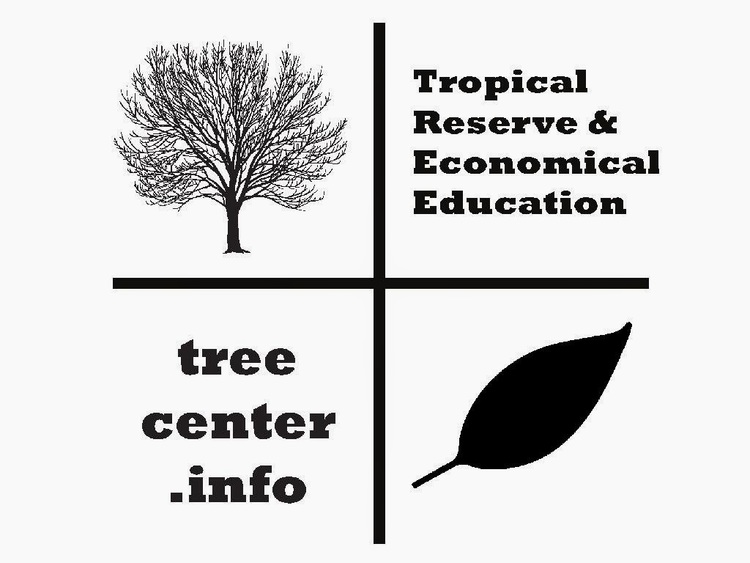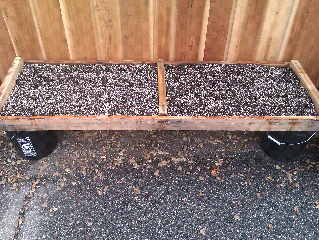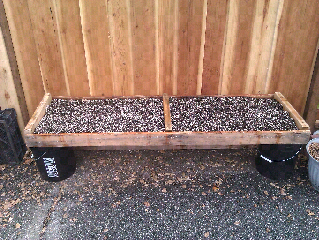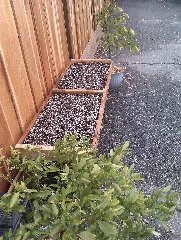 |
| Corn overlooking the pool |
Well since our last Garden Update we have lost some and won some. Here are the reports: The
Strawberries were an awesome experiment, but they dried up in the hanging baskets I made. They definitely needed more soil and root space and I was unable to keep up with them, but next season we will go heavy on the strawberries.
The raised bed was deepened with hand laminated cardboard and the
Spinach &
Broccoli were taken out. We did get the opportunity to save some seeds for next season when we will plant the Spinach earlier and avoid too much direct light, which was part of the issue. The Broccoli would have done better with a deeper bed as well, but we needed to get our second harvest going.
 |
| Outback Garden |
 |
| Pumpkin flower closed around 2pm |
The second harvest in our updated and deepened raised bed includes
Peas,
Melons,
Cantaloupes,
Onions,
Pumpkins and
Watermelons.
Pumpkins grow very fast and quickly take over. We left just 2 plants on
either side of the bed and on each corner we added another melon. The
onions and peas are in the center, but it may prove to be too sunny for
both of those more sensitive crops.
 |
| Pumpkin flower open for business |
 |
| We have a customer! I wonder how many 'Hits' or 'Likes' we've gotten. |
Right next to the raised bed are several containers holding our Sweet 'Tollie' non-bell peppers and regular green to red
Bell Peppers Chocolate Cherry, Brandywine and a Striped variety Tomato. There are also
Eggplants,
Hass Variety Avocado Seedling, which won't set fruit for another few years, but will probably be used as rootstock for my West Indian/Caribbean variety avocado. There is a
Cavendish Banana plant and it's suckered baby, which was separated and has been brought upstairs so we can keep a better eye on it and hope the Mother plant sets out a few more. In the Musa banana family is also a
Giant Puerto Rican Plantain plant, a recently added
Golden Pineapple, which will probably be ready for next season and lastly our
Calamansi and
Dwarf Orange trees.
 |
| Still have a few Sweet Peppers (Non-Bell) |
 |
| Brandywine largest Tomato variety we currently grow |
In the front garden area, which falls within our community living space we have several
Corn plants,
Soy,
Carrots, Onions,
Tomatoes (Sun Sugar variety), Hot Peppers and a few recently transferred Watermelon, Pumpkin, Cantaloupe and Melons plants from the back. The
Pinto beans were already harvested and eaten tender before they hardened too much on the vine. No wonder I couldn't keep up. Most of these crops are experimental to see, which varieties grow well and tastiest. Next season we will focus on growing more of fewer better quality crops unless our space gets bigger! :) Enjoy the pictures.
 |
| Pumpkins already starting to set fruit. |
 |
| Banana herb plant is NOT a Tree. This stem/trunk will never get woody. |
 |
| This will one day become a true Giant Plantain Plant. |
 |
| Some of this seasons fruit all Red-dy for action! |
 |
| Towering Corn |
 |
| Another Pumpkin fruit. Should be ready for Halloween! |



























































































































